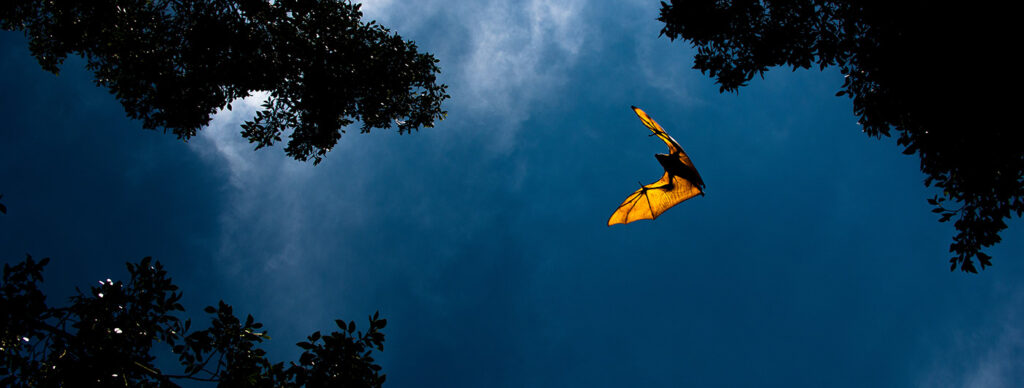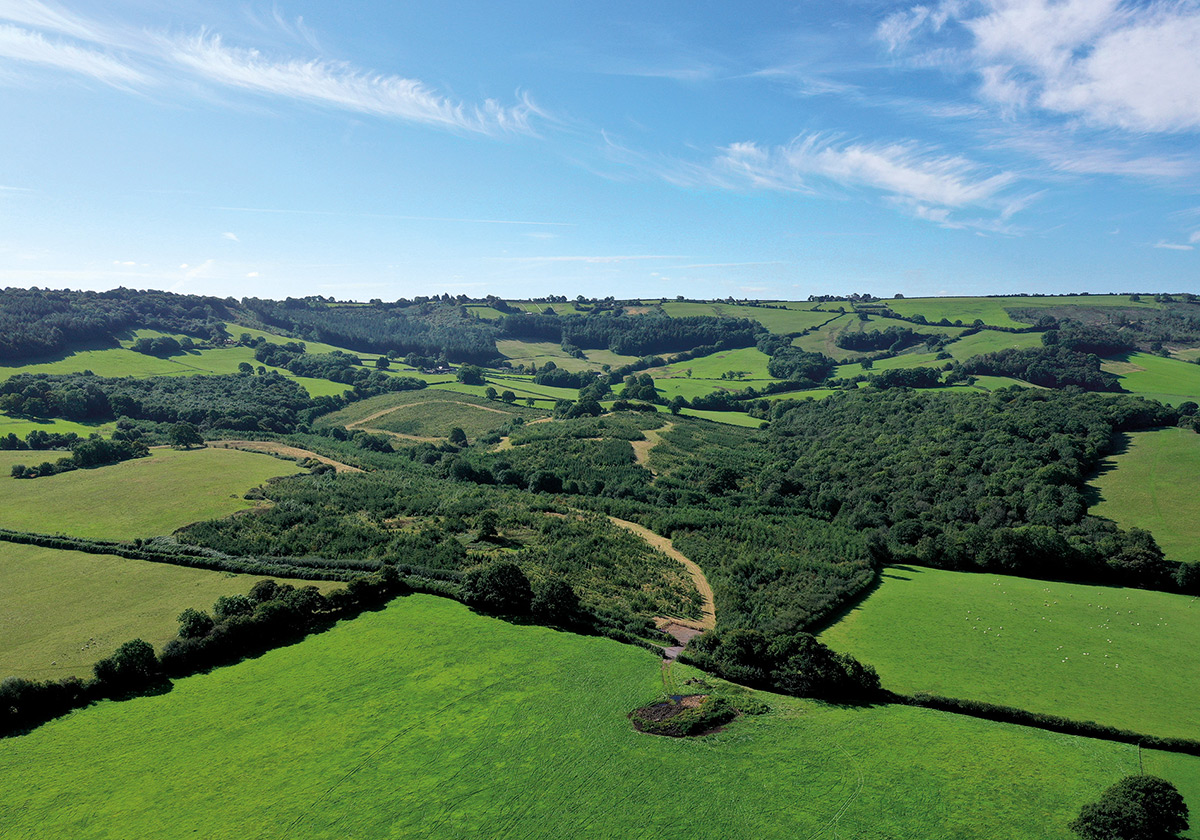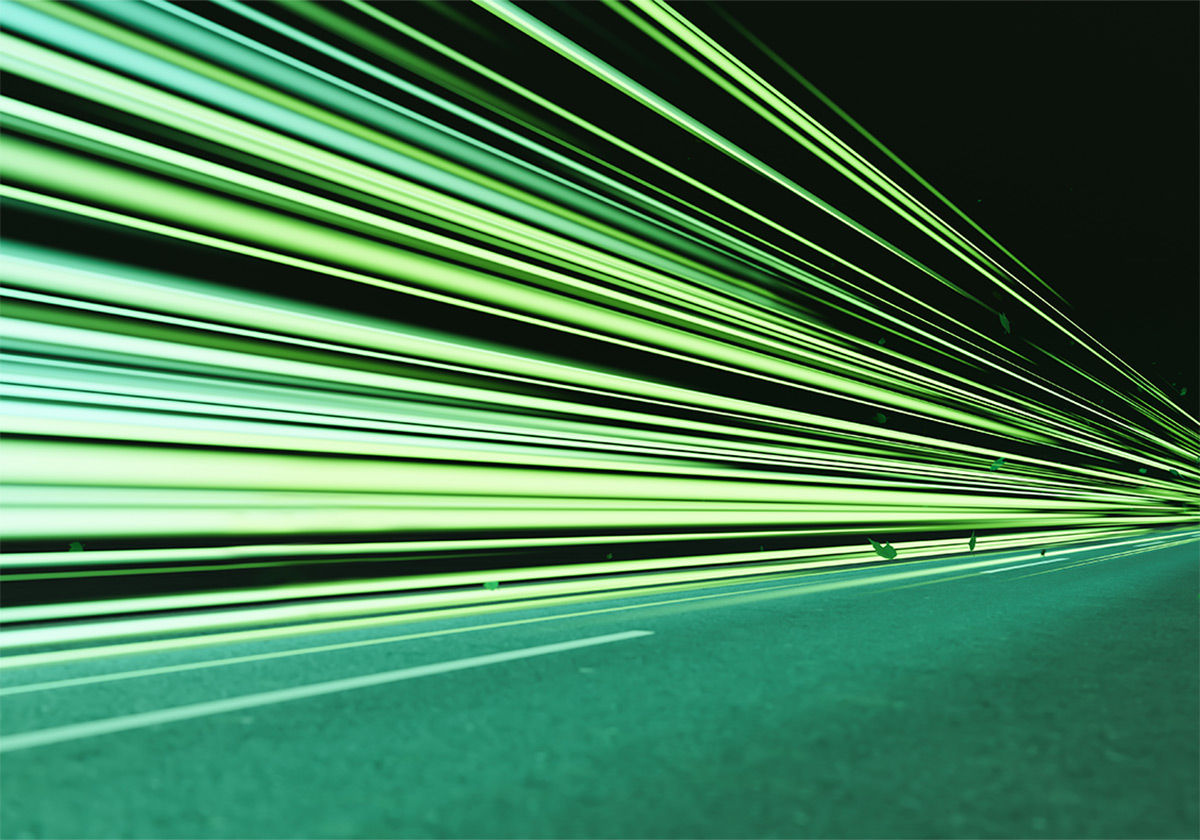
Ecology
What is Ecological Light Pollution?
The term “ecological light pollution” refers to the negative impact that artificial light has on nature and wildlife, such as:
-
Disturbing the feeding, roosting and commuting routes of bats
Disrupting the photosynthesis cycles of plants and trees
Unsettling the migration and reproduction systems of fish
Where ecology-friendly lighting is required, TRT Lighting consider the below factors in the lighting design and product selection.
Third Party Advice
Seek ecology advice from independent consultants who specialise in the relevant field.
Necessary Lighting
Only illuminate the relevant places and avoid any lighting key habitat areas.
LEDs
Do not use metal halide or compact fluorescent luminaires.
Direction of Light
To reduce the negative impacts, there should be minimal upward light (preferably zero).
Luminaires must always be positioned horizontally, with no upward tilt or light output greater than 90o.
If there is still light spill, shields should be fitted to the lantern.
Glare
Low level is preferred to avoid glare.
Controls/Dimming
Offer control and dimming options to ensure light levels are adjusted as required.
Warm Colour Temperature
Approved luminaires must have a CCT of 2700K or less to limit the amount of blue light emitted.
Peak wavelengths of light sources should be more than 550 nm ensuring a reduction of blue light content.
Ecology Friendly Products Available
Committed to protecting the flora and fauna of our planet, TRT Lighting can provide the below ecology friendly luminaires.


